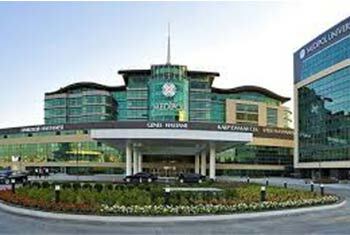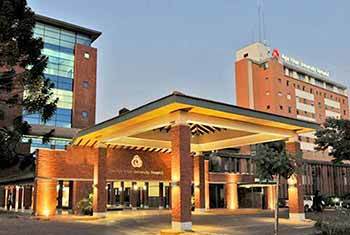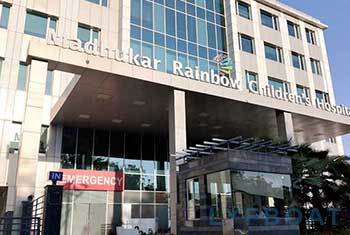Esophagus Cancer Treatment Details
Esophageal cancer is commonly known as the cancer of food pipe. Esophagus is a tube like structure that connects your mouth with the stomach and helps in transferring food from the mouth to the stomach. It is when the cells of the tissues of esophagus develop malignancy (cancer), the condition is called esophageal cancer.
Cancer of the esophagus begins in the inner layer of the esophageal wall and grows outward, if it spreads through the esophageal wall then it can spread to the lymph nodes and other nearby organs. If detected early the cancer can be cured using various techniques such as radiation, chemo and immune therapy etc. however in later stages a surgery might be required.







